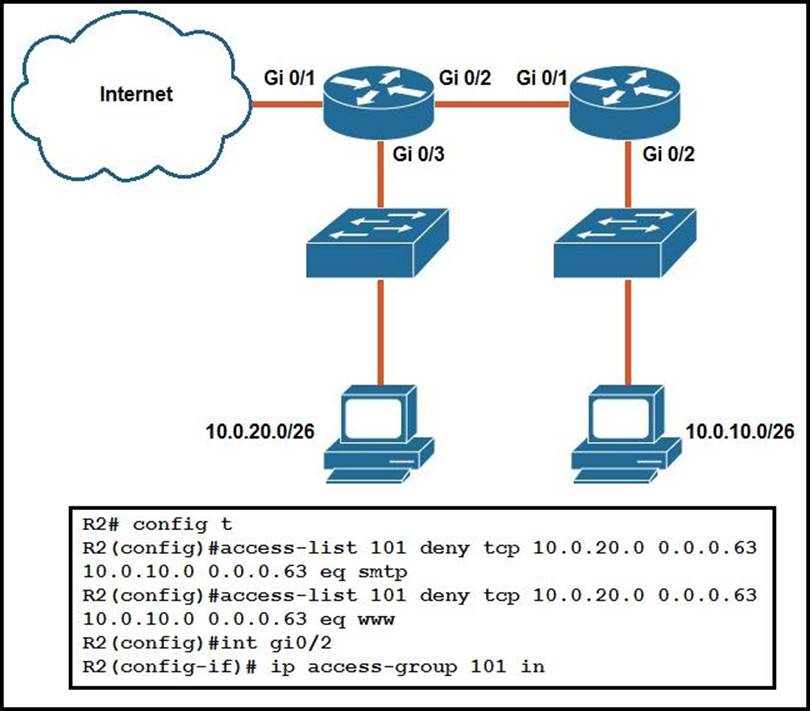

It starts with Host A having a frame to deliver to Host B.

Host B and D are connected to ports 5 and 6 of the green switch on the right. Host A and C are connected to ports 1 and 2 of the blue switch on the left. Our topology has two switches, and each has their own, independent MAC address table - the information in the MAC address tables are never shared. We will illustrate how data moves between multiple switches using the following topology: The process does not change, it is simply replicated separately by other switches. With multiple switches, each switch will still independently perform the exact same four functions. In the Packet Traveling series, we discussed the four specific functions of a switch: Learning, Flooding, Forwarding, and Filtering we then illustrated each function in an animation that showed two hosts communicating through a single switch. This article will illustrate the process using two switches. One of the most frequent requests I receive is asking how the process would be different if there were multiple switches. In a previous article we demonstrated how a single switch functions.


 0 kommentar(er)
0 kommentar(er)
